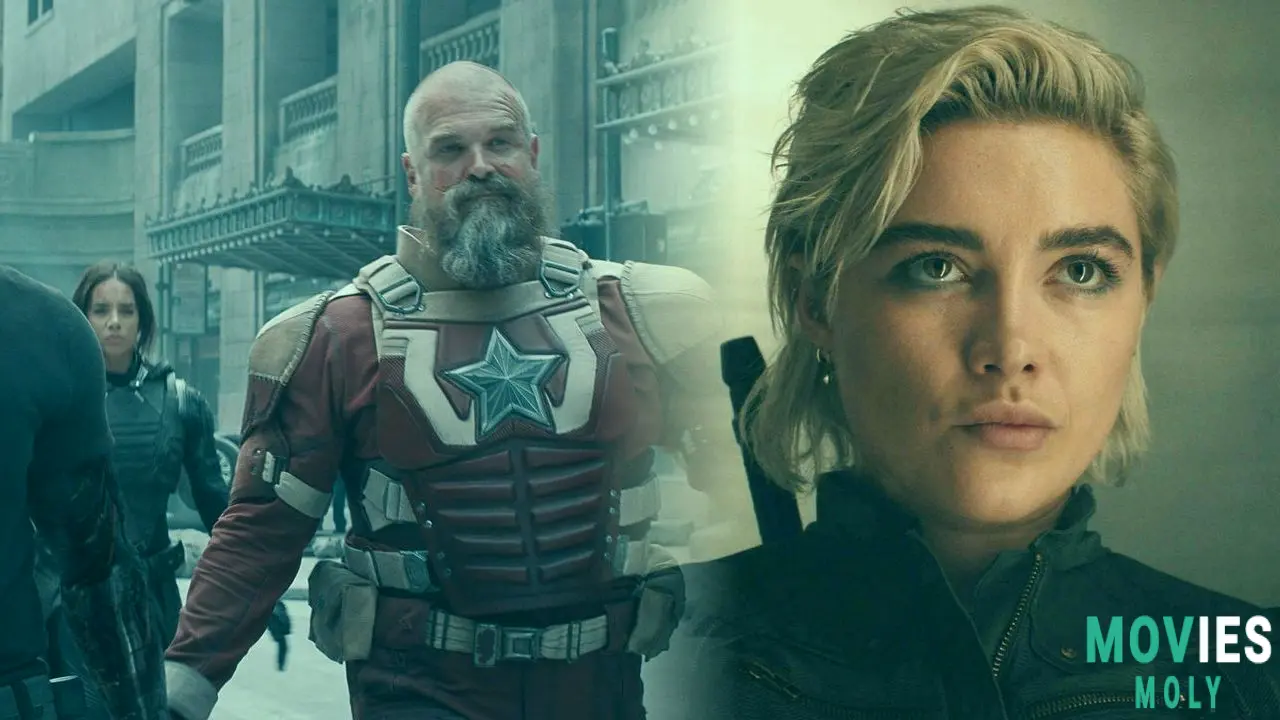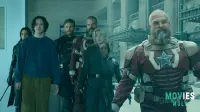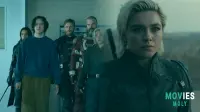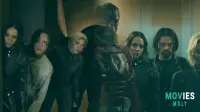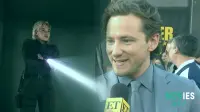By Nicolas Ayala
Marvel Studios has long mastered the art of team-building, evolving ensembles from scattered standalone heroes into cohesive forces that define generations. With Thunderbolts*, now cleverly rebranded in spirit if not officially on screen as The New Avengers, Marvel doesn’t just assemble another group — it reinvigorates the very concept of what an Avengers team can be in the post-Infinity Saga era.
The asterisk that hides the New Avengers’ true identityOnce a simple symbol of mystery, the asterisk in Thunderbolts* has now been unmasked as Marvel’s cheeky way of saying — this isn’t your classic Avengers squad. Behind the subversive title lies a film that boldly reframes the MCU’s hero ecosystem through the lens of its most complicated, morally gray characters. Yelena Belova (Florence Pugh), Bucky Barnes (Sebastian Stan), Red Guardian (David Harbour), Ghost (Hannah John-Kamen), Taskmaster (Olga Kurylenko), and John Walker (Wyatt Russell) — a ragtag band of broken, betrayed, and desperate souls — don’t just form a team. They become The New Avengers.
In a stunt as meta as it is meaningful, the cast revealed the film’s hidden subtitle backstage at the Hollywood premiere, teasing fans by transforming Thunderbolts* into The New Avengers — a name that resonates louder than any logo tweak. And it’s not just marketing play. It’s a statement about Marvel’s direction and desire to reclaim the emotional punch that once defined its best ensemble stories.
Redemption, chaos, and a new kind of heroism fuel the Thunderbolts’ journey
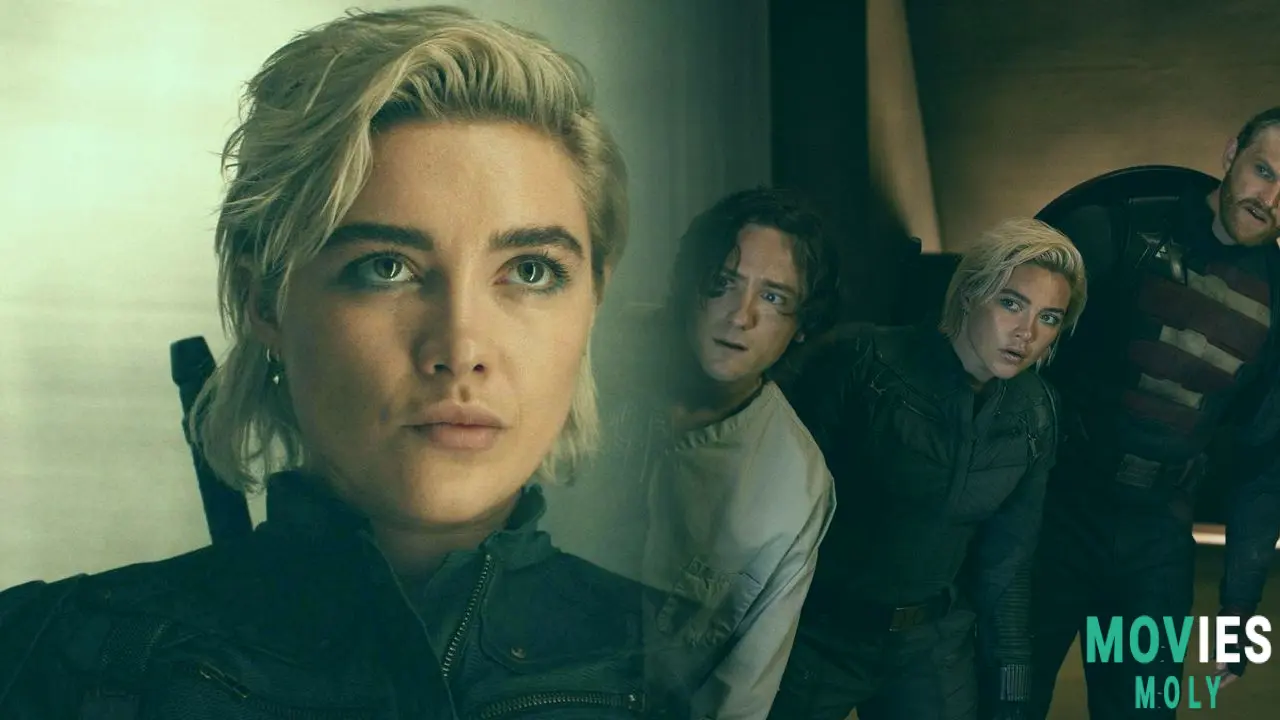
The plot may revolve around a high-stakes mission and a twisty manipulation by Valentina Allegra de Fontaine (Julia Louis-Dreyfus), but the heart of Thunderbolts* beats in the personal struggles of its team. Trapped in a deadly game, these antiheroes must not only survive but learn to trust — or at least coexist — with one another. It’s a familiar formula made fresh by the emotional weight each character carries and the sharp writing that gives them room to breathe, break, and grow.
Marvel doesn’t shy away from letting these characters stare into their own dark voids, literally and figuratively. The introduction of Bob Reynolds (Lewis Pullman), aka Sentry, and his terrifying alter ego, the Void, adds a combustible element to the mix. Watching the film’s final act descend into a shadowy comic panel come to life — complete with darkness overtaking the Marvel logo — is not just an aesthetic choice. It’s a brilliant visual metaphor for the thin line these heroes walk between salvation and annihilation.
Every Easter egg and callback grounds the film in MCU legacy — while pushing it forward
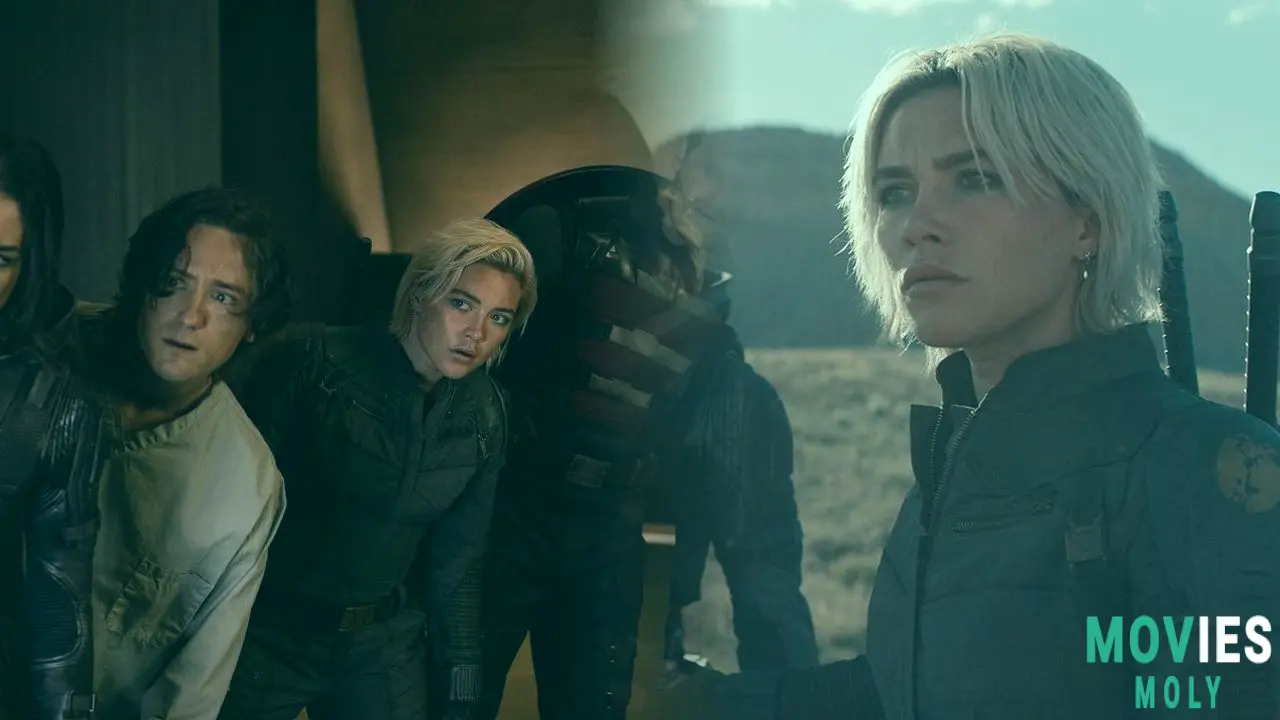
What sets Thunderbolts* apart is its masterful balance of fan service and forward momentum. From Yelena’s lab takedown sequence that echoes Oldboy (and mayorially echoing Marvel’s love for iconic corridor fights) to the emotional resonance of a “Red Light, Green Light” line harkening back to Winter Soldier — the film is packed with nods that never feel forced. They’re bridges connecting where the MCU has been to where it desperately needs to go.
The final confrontation at the Watchtower — the very same location where Iron Man faced off against Loki — is a stroke of cinematic poetry. Instead of an alien invasion, the threat is human hubris made monstrous. Instead of cosmic gods, we face the unintended consequences of playing with power. It’s a grounded, gritty finale that still manages to feel epic, and a perfect stage for these misfits to earn their new title.
The New Avengers name-drop and post-credits tease reignite hope for the MCU’s future
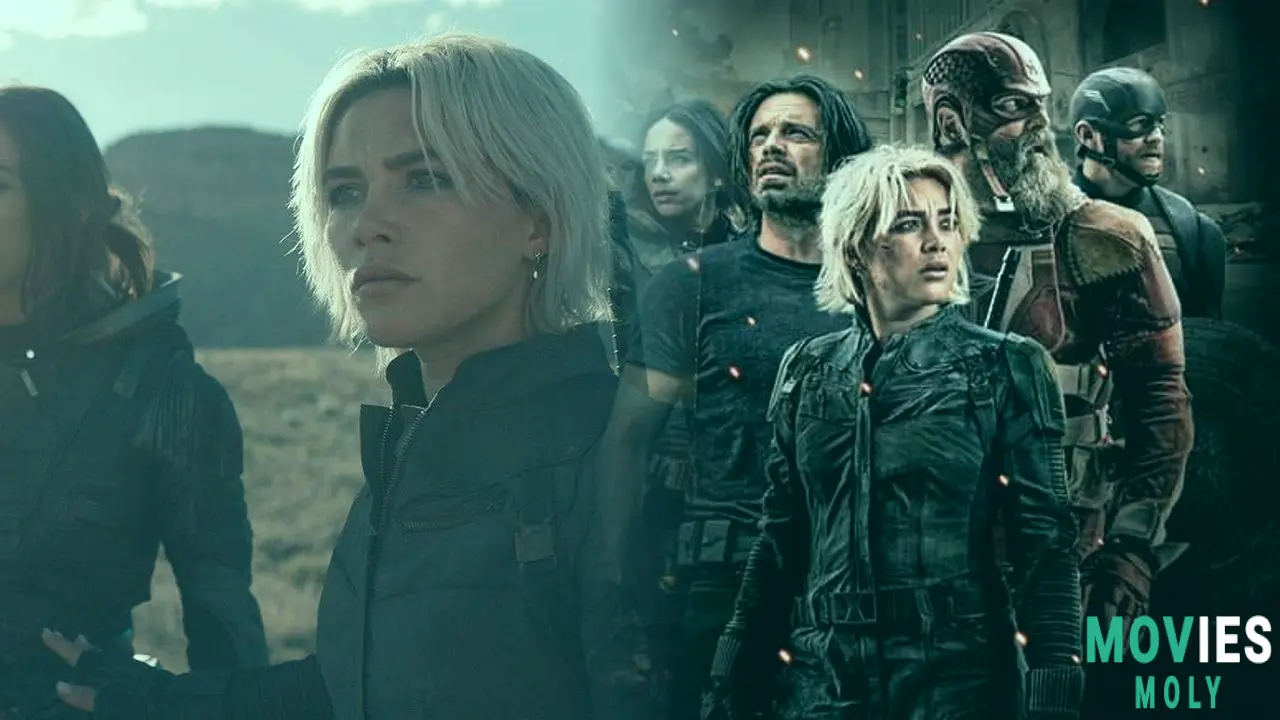
When Valentina unveils the team to the world as the New Avengers, and Alan Silvestri’s iconic theme gently swells beneath the reveal, it’s impossible not to feel a shiver of excitement. This isn’t just a rebranding of a team — it’s Marvel reclaiming its legacy of hope, unity, and reinvention. The bright yellow logo that closes the credits sequence is more than just a design choice. It’s a promise.
And that promise is made all the more real by the second post-credits scene. Directed by the Russos and filmed late in production, the sequence teases an interdimensional incursion — and with it, the arrival of the Fantastic Four. The retro “4” on the ship and Giacchino’s soaring score don’t just tease the next big threat. They signal a new era of collaboration, one that may finally connect the dots between the Multiverse Saga and the upcoming Avengers: Doomsday and Secret Wars.
Is it too late for the MCU to course-correct? The New Avengers say otherwise.
Critics may love Thunderbolts* more than the box office numbers can currently reflect, but the real win is in what the film accomplishes creatively. After a stretch of sequels and solo films struggling to justify their roles in the larger saga, Marvel has given us a team film that feels integral, inspired, and intimately connected to its comic roots. As BGR’s Jacob Siegal points out, this is the kind of setup the MCU needed years ago — not just in terms of spectacle, but in storytelling ambition.
For fans who’ve followed the comics, the direction is clear — and exciting. With The New Avengers now firmly planted in the MCU soil, and a tease of Secret Wars on the horizon, Marvel is finally playing to its strengths again: character, team dynamics, and world-shaking setups earned through emotion and execution.
This isn’t just a new team. This is Marvel’s second wind. And it’s coming in full force.

